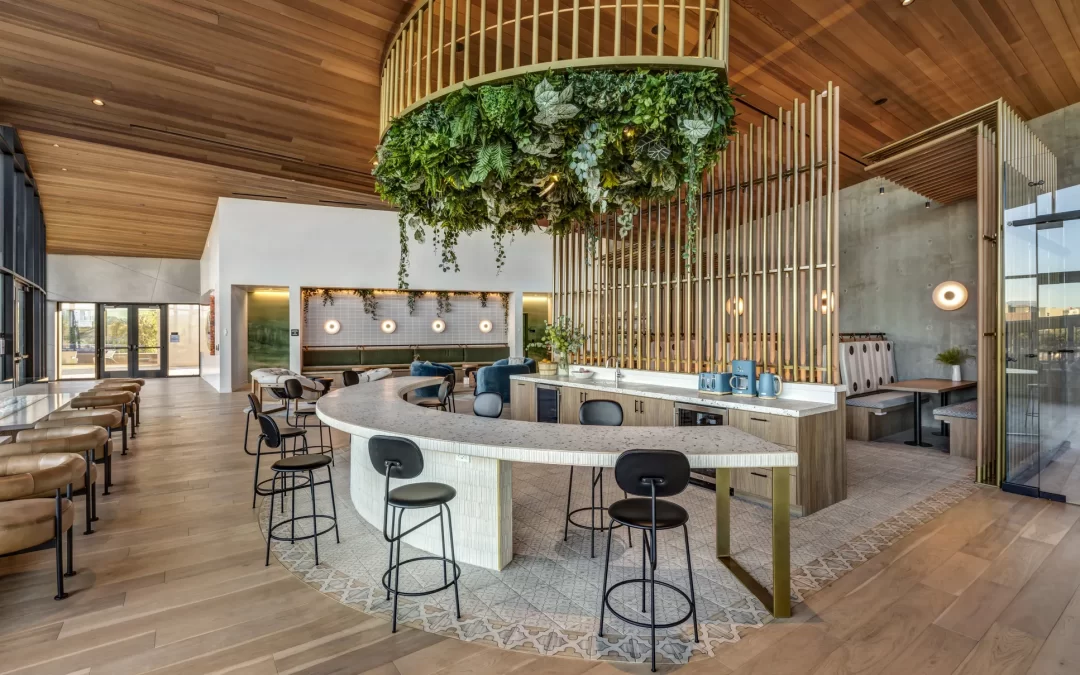Custom Vanity Areas: Elevating Hospitality Design
In the fast-paced world of hospitality, where every element contributes to a brand’s identity and the guest experience, custom vanity areas have emerged as a critical focal point. These tailored spaces go beyond simple aesthetics, offering a blend of functionality, luxury, and personalized branding. With the right approach, custom vanity areas become symbols of hospitality excellence, ensuring guests’ comfort while strengthening brand recall.
The Importance of Custom Vanity Areas
Custom vanity areas serve multiple purposes in hospitality settings. On a practical level, they provide guests with a dedicated space for personal grooming and storage, enhancing convenience and satisfaction. On an aesthetic level, they contribute to the overall ambiance of the room, aligning with the hotel’s design theme and branding strategy.
For the hospitality industry, integrating well-designed vanity areas can set a property apart, offering a unique selling point that meets guests’ rising expectations of luxury and personalization. Whether it’s a plush hotel suite or a cozy bed-and-breakfast, the right vanity setup speaks volumes about the care and thoughtfulness invested in guest experiences.
Design Elements for Effective Vanity Areas
1. Functional Layout
A successful vanity design starts with functionality. The layout should consider ease of use, with adequate space for storing personal items, ample lighting for grooming, and a comfortable height for accessibility. Built-in storage solutions, such as drawers or shelves, help de-clutter surfaces, offering guests a more streamlined experience.
2. Lighting
Lighting is imperative for any vanity space. It should be both practical and flattering, providing enough light for tasks like makeup application or shaving. Incorporating adjustable lighting options allows guests to set the mood to their liking, from bright task lighting to softer ambient tones.
3. Material Selection
The choice of materials for vanity areas significantly impacts the perceived luxury and durability of the space. High-quality materials such as marble, quartz, or engineered stone can create a feeling of opulence, while more sustainable options like reclaimed wood or bamboo align with eco-friendly branding initiatives.
4. Branding and Aesthetics
Every element of the vanity area can serve as a branding tool. Custom finishes, color palettes, and even hardware like drawer handles can reflect the property’s brand identity. For instance, a coastal resort might incorporate beach-themed motifs or colors, while an urban luxury hotel could favor sleek, modern finishes.
Enhancing Guest Experience with Vanity Areas
Today’s guests crave personalized experiences that resonate with their lifestyle and preferences. A bespoke vanity space can cater to these desires, from offering luxury toiletries and accessories to integrating high-tech features like magnifying mirrors or Bluetooth-connected lighting systems.
Guests often remember how a space makes them feel. By offering an elevated vanity experience that delights and surprises, hospitality brands can create an impression that lasts well beyond checkout, fostering guest loyalty and positive word-of-mouth.
Practical Considerations
1. Space Optimization
In areas with limited space, clever design solutions such as fold-out mirrors, integrated sinks, and wall-mounted storage can maximize functionality without sacrificing style.
2. Cost Management
While high-end materials and features can elevate a vanity space, they should be balanced against budget constraints. Consider areas where cost-effective solutions can mimic the look of pricier materials or where modular elements can offer flexibility and savings.
Case Study: Luxury Vanity Area Transformation
Consider the example of a boutique hotel in Manhattan that revamped its vanity areas to better align with its brand of urban sophistication. By incorporating dark wood finishes, gold accents, and smart mirror technology, they created a chic, modern space that appealed to their tech-savvy audience. This transformation was pivotal in improving guest satisfaction scores and enhancing the property’s competitive edge.
Conclusion
Designing custom vanity areas in hospitality spaces requires a thoughtful blend of aesthetics, functionality, and branding. By paying attention to details and focusing on the guest experience, properties can create memorable spaces that speak to their brand’s values and promise seamless comfort. As the hospitality industry continues to evolve, those who master the art of creating captivating vanity areas will undoubtedly stand out in the marketplace.



